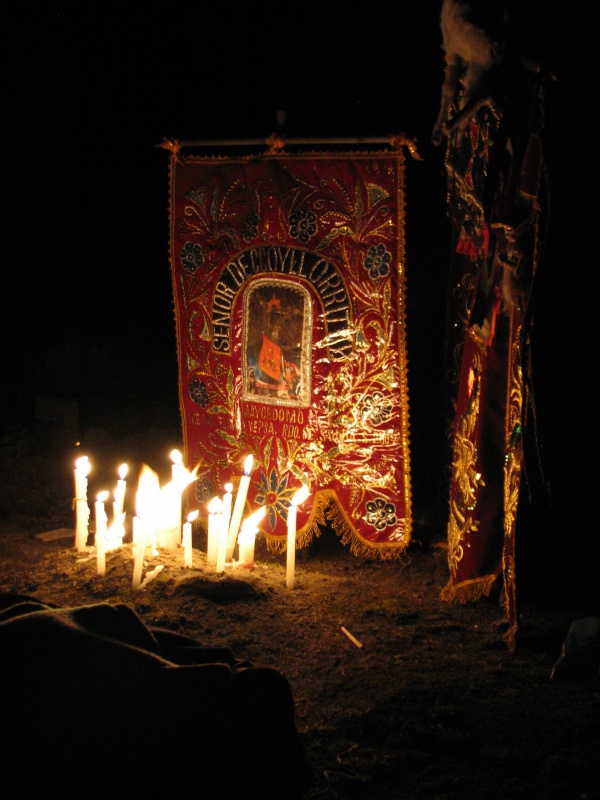Facts About Quyllurit'i
Quyllurit'i, also known as Qoyllur R'iti, is a vibrant and profoundly spiritual festival celebrated annually in the Sinakara Valley of Peru's Cusco Region. This festival is a fusion of indigenous Andean customs and Catholic elements, marking the reappearance of the Pleiades constellation, known as Qullqa in Quechua. This celestial event heralds the forthcoming harvest and the New Year for the Andean people. Quyllurit'i boasts a rich history that spans hundreds, if not thousands, of years, and in 2011, it was honored by being added to the UNESCO Intangible Cultural Heritage Lists.
The Catholic Church's narrative of Quyllurit'i dates back to the late 18th century and revolves around the story of Mariano Mayta and a mestizo boy named Manuel. Each year, the festival attracts thousands of indigenous people from the Paucartambo and Quispicanchis regions. Various groups, including ch'unchu, qulla, ukuku, and machula dancers and musicians, play pivotal roles in the festivities. The festival typically occurs in late May or early June, aligning with the full moon, and features processions, dances, and rituals centered around the shrine of the Lord of Quyllurit'i.
The festival's origins are deeply entrenched in pre-Columbian traditions, tied to agricultural and astronomical cycles, particularly the movements of the Pleiades constellation. The Catholic Church's interpretation of the festival dates back to the late 17th century and is linked to the celebration of Corpus Christi in Cusco. Each year, Quyllurit'i attracts over 10,000 pilgrims, predominantly indigenous people from rural communities. Pilgrims from various regions bring small images of Christ to the sanctuary as part of their devotion.
Throughout the festival, different groups perform an array of dances and rituals, each representing their unique cultural heritage. In recent years, there has been an increase in middle-class Peruvian pilgrims and foreign tourists attending the festival. While this has sparked concerns about commercialization, the festival remains a profoundly significant cultural and religious event.
One of the festival's highlights is the ascent of glaciers by the ukukus, who retrieve crosses and ice blocks believed to possess healing properties. Quyllurit'i is intimately associated with the Feast of Corpus Christi and holds immense cultural and religious significance for the people of the region.

 Bolivia
Bolivia